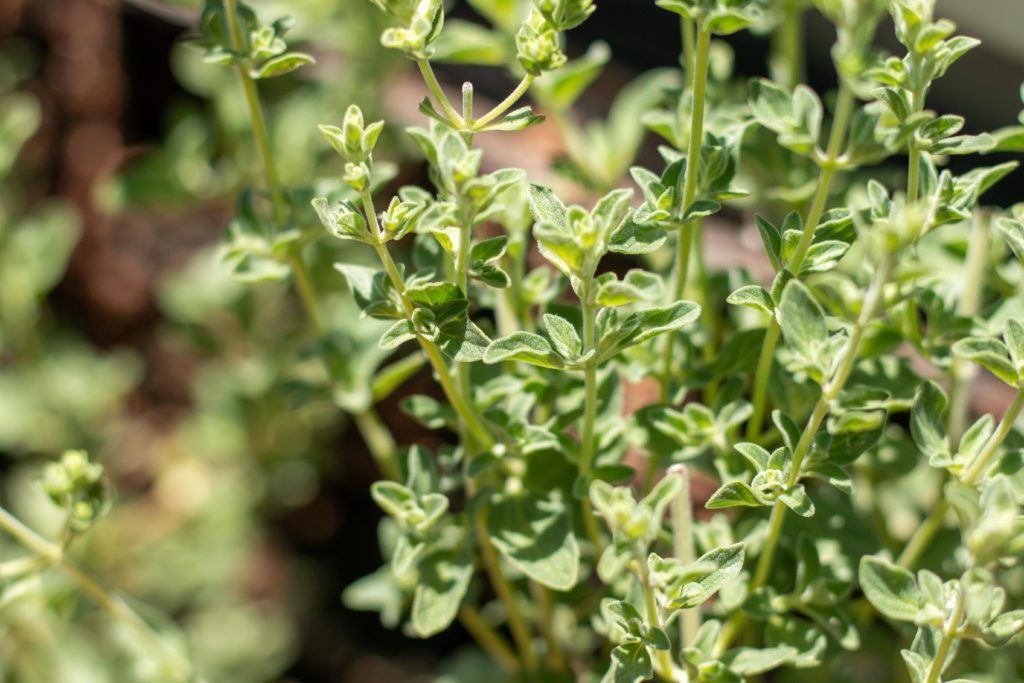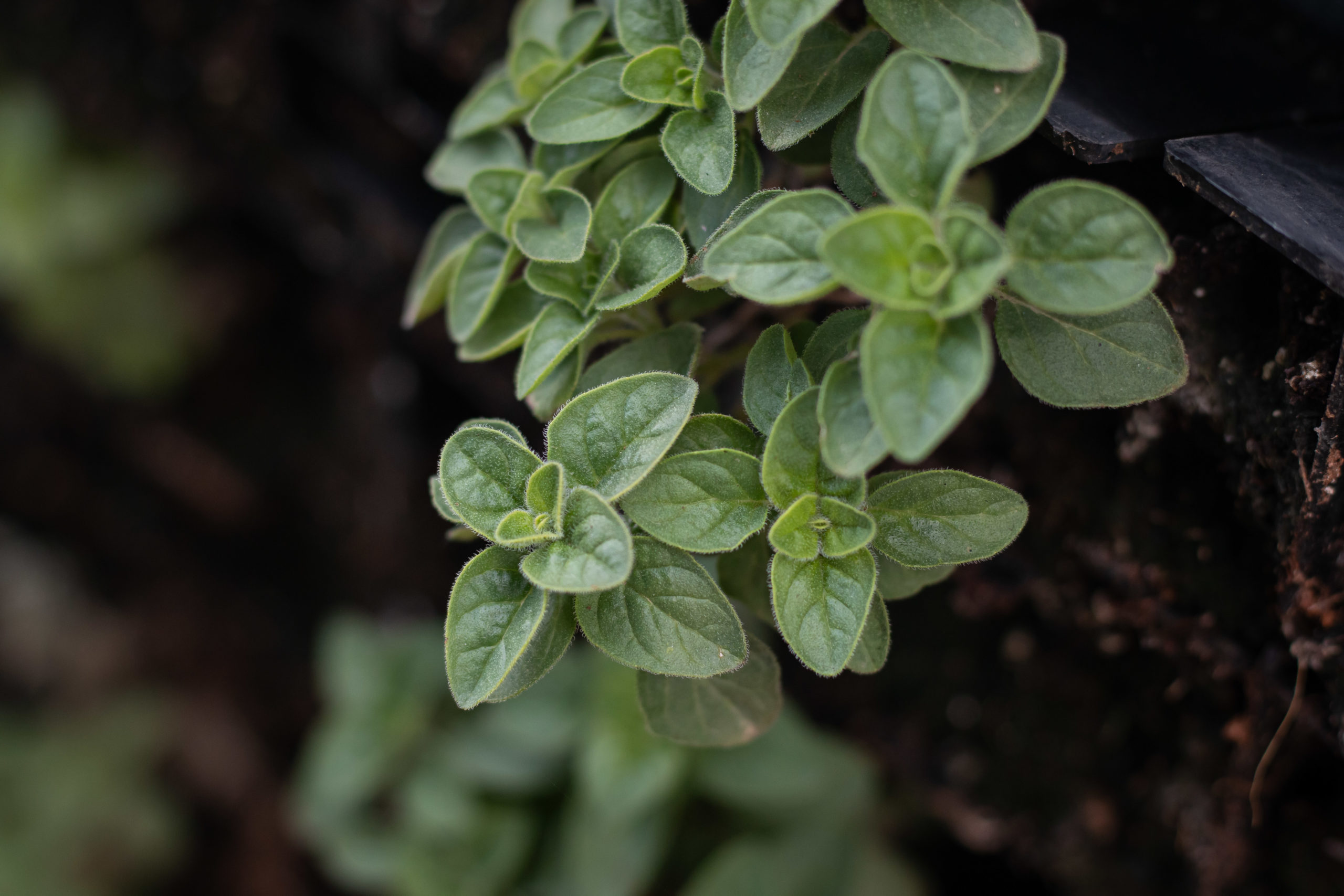The common “ezov” — za’atar — is a very wide-ranging wild plant, which can easily be grown at home. Its foliage is grayish-green, and it can grow to a height of 60 cm / 2 feet. In the summer months, when tiny white flowers appear, the leaves have a stronger flavor. Sam Avineta, who manages the garden on the roof of Asif on behalf of Vertical Field, explains that za’atar grows in nature in specific locations — rock formations, terraces and slopes, to take advantage of good natural drainage; in short, this isn’t a demanding plant, and perfect for growing at home.

How to plant it. You can plant it in a standard flower pot or planter, up to a depth of 30 cm. It is critical that the container has good drainage, to avoid surplus water and possible rot. Plant the seedlings 30 cm apart. The depth of the planting depends on the size of the seedling and its root system, but the rule of thumb is that the stem of the plant should be above ground, and the entire root system covered by soil.
Where to plant it? Za’atar needs direct sunlight, and is therefore not intended to be a house plant. Recommended locations in an urban environment are window boxes, balconies, courtyards, and an open roof. More precisely, the plant needs at least 5 hours a day of direct sunlight, so planting it in a location that is shaded part of the day is an option.
How much water? The more the plant is exposed to the sun, the bigger it grows, and the more water it needs — but still only small amounts. The plant is strong and resilient, and in nature it flourishes through the Israeli summer when there is precious little rain. In an urban environment, it should be watered from time to time to enhance its flowering, especially on hot summer days. Though, it is important not to give it too much water, since wet soil can cause the roots to rot. The plant tolerates dryness better than it does excessive wetness; but before you plant, make sure the soil is damp.
When to plant? Za’atar can be planted at any time of the year, but especially toward the end of summer, so that its roots will grow deeper in autumn and winter, and produce an abundance of foliage in the spring, with a rich fragrance and taste. In Israel, za’atar is considered an evergreen, with new leaves growing in every season. Winter leaves are noticeably larger than summer leaves, and the summer leaves have a more dominant, sharper taste.
When cultivating the za’atar at home, it is recommended that the plant be pruned from time to time, where the branches divide. This encourages new divisions and renewal, and encourages leaves to grow year around. Commercial growers prune intensively twice a year, in spring and in autumn — in spring, before the flowering, when the nodules on the leaves are full of ethereal oils; and in autumn, to stimulate the flourishing of the following year.



